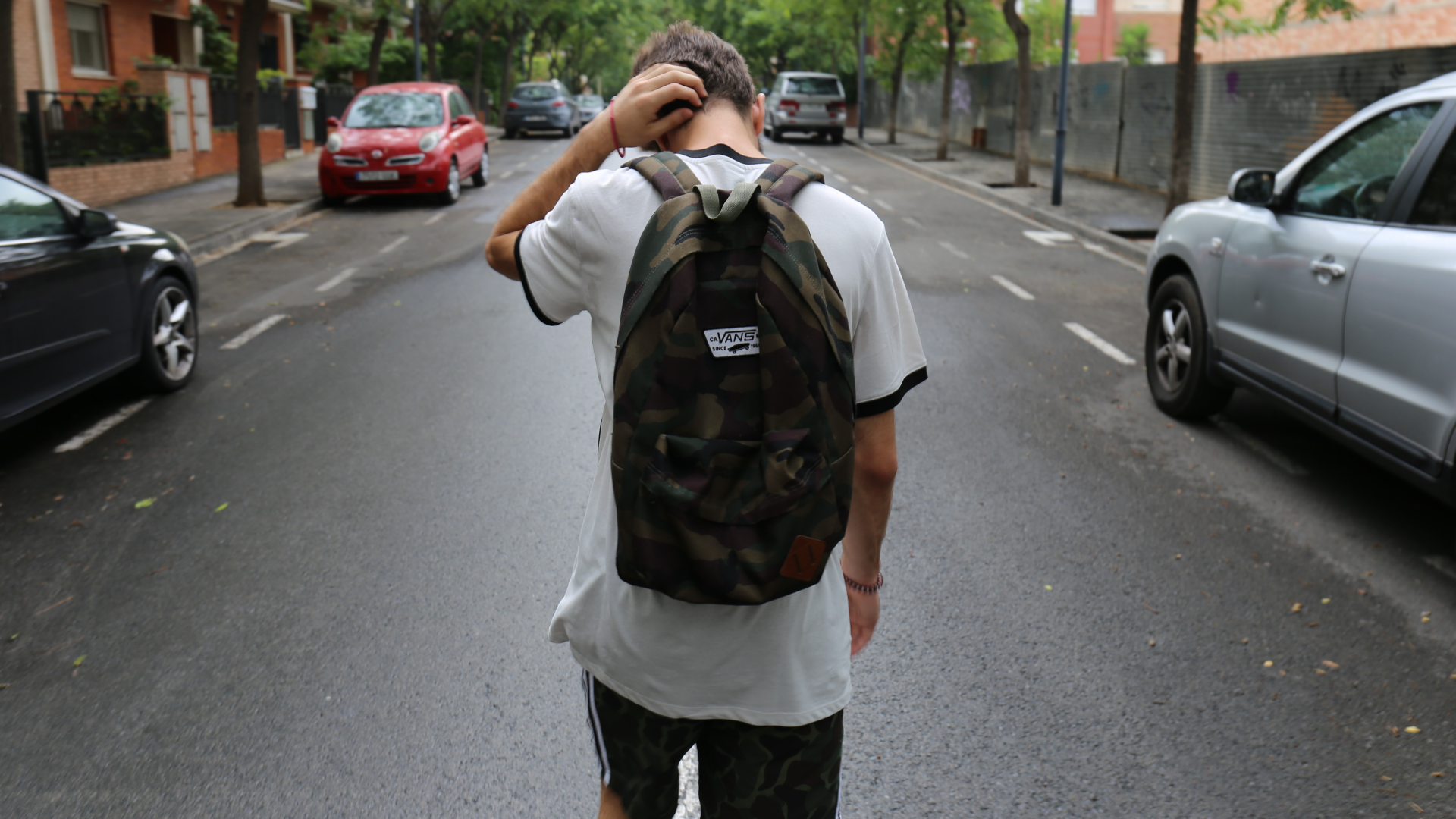Identifying At-Risk Students
If you want to explore the mountains, you must first learn to spot risk factors for natural dangers, like avalanches. Often it can be something seemingly small — a loud sound from afar, a fallen tree, or even rambunctious wildlife — that can cause a massive slide.
This need for awareness also translates into the classroom, where teachers need to learn how to quickly spot the small incidents and behaviors that can ultimately grow and lead to a student being at risk for something much more serious.
If you don’t, you might find yourself in over your head.
At SchoolMint, we work with thousands of dedicated school teams that engage with their students in the classroom and also use data to help them spot early signs of academic or behavioral issues.
Acting out in class, unusual behavior, and involvement in incidents — all of these are some of the more obvious ways a student might be asking for help or support.
There are, however, other indicators which when reviewed in a holistic way can begin to paint a clearer picture of an at-risk student.
In the rest of this post, you’ll learn other early behavioral warning signs of students — and how you can curb misbehavior before it escalates.
Student Behavior Warning Sign #1: Low Participation
Many of our schools make a habit of tracking positive behaviors in addition to negative or neutral behaviors. This is a great practice that celebrates the daily victories of their students and also gives them valuable data on important engagement factors, such as class participation.
By tracking the instances of great discussion participation and all the great questions that students ask, you can then also spot sudden decreases, gaps in normal participation levels, and more.
Participation can be a key indicator that a student is engaged and happy to be in class. In fact, a student’s lack of concentration or other sudden changes in behavior can be signs of serious mental health issues.
Once you have the data to back up what you see in your classroom each day while engaging and interacting with students, your focus can turn to finding the most powerful strategies for increasing student participation among at-risk students.
Learn more in What Student Behavior Patterns Can Tell Us.
Student Behavior Warning Sign #2: Sliding Attendance
Teachers see firsthand the link between academic success and attendance at school. Our SchoolMint Hero and Schoolrunner partner schools use attendance reporting to create groups of students with the highest number of days out of class. This helps them intervene with those students before they become chronically absent and other consequences get involved.
However, the attendance risk goes far beyond frequent suspensions.
Regularly leaving school early, chronic tardiness, and regular no-shows are all data points that, when tracked carefully, can help teachers and school leaders notice troubling trends.
Attendance Works offers a list of 10 facts about attendance that describes the importance of regular attendance, especially for younger students. Setting positive habits early can help lower risky behavior later in their education careers.
You can get more attendance info and advice in 7 Tips to Reduce Chronic Absenteeism and Improve Student Attendance.
Student Behavior Warning Sign #3: Lack of Family Engagement
Engaged families make for engaged students.
Having a supportive home environment can catapult a student upward and onward. When that support is lacking, student engagement can quickly fade away.
Building relationships with unengaged families can be a true challenge — but another one that data can help to resolve.
Much as they do with behaviors, many of our schools use Schoolrunner’s communication page to track positive (as well as the difficult) conversations with families. This running history of mood, topics, and details of communication helps to keep all staff on the same page and provides a full picture of family engagement.
Are teachers leaving a series of voicemails, never to hear back? Are certain family members tougher to talk with?
These are questions that can help add a vital piece to the picture of student success.
Teamwork Makes the School Work
These are just a few of the ways that teachers and other support staff at a school can spot a student in trouble. Teacher collaboration plays a key role in discovering when student behavior in one class is tied to behavior in other classes and parts of the school throughout the day or week.
When teachers share information and work together to review student data they can see issues more quickly.
Have you noticed that a student is regularly using the bathroom pass? What if you then found out that that student was also frequently using the bathroom pass in three of their four other classes throughout the day?
This paints a much clearer picture — and one that teams can then take action on.
Learn more about Schoolrunner here.
Share this
You May Also Like
These Related Stories

What Student Behavior Patterns Can Tell Us

10 Things You Can Do to Improve Student Performance


